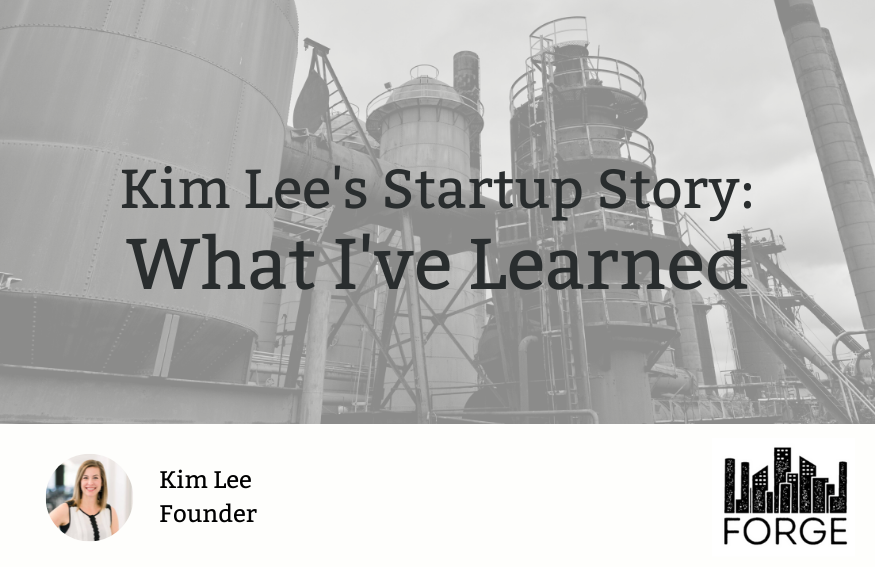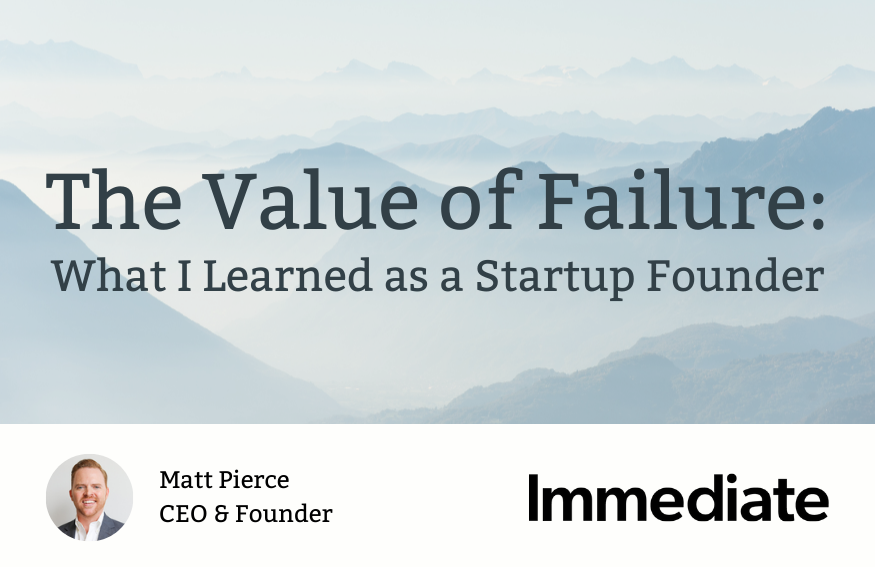If your company is looking for ways to attract more leads and generate sales, then keep reading. By the end of this article, you’ll have a clear understanding of how to create a sales cycle that educates prospects, assists them in making decisions, closes deals, and then follows up with them after the sale. You’ll learn what a sales cycle is and how any company, including startups, SaaS businesses, and established businesses, can use it to thrive.
What Is a Sales Cycle?
Let’s start by looking at a solid sales cycle definition. A sales cycle is a process that’s used to attract, qualify, and convert prospects into customers. It involves:
- Educating prospects about products or services
- Building relationships with them through effective communication
- Closing sales by converting them into paying customers
In order to build an effective sales pipeline, you’ll need to execute these steps correctly. There are various types of sales cycles depending on where your company is in its growth journey. For example, some work well for startups that need quick results. Others work better for established companies with long-term goals.
Overall, a sales cycle is a process in which an individual learns about your business. They may find you after searching for reviews online or entering keyword searches on Google. Then, this person will need to know more about what you do before they decide to buy from you.
As you could imagine, the length of the process varies depending on how long it takes someone to become a prospect. And factors like the complexity of your product or service and cost will play a significant role in determining this.
You might need to educate them, ask for their email address, send an automated drip campaign, and then close the deal by following up with another automatic process or a sales call.
Why Is a Sales Cycle Important?
Sales cycles are essential because they streamline the process of selling and make it easy for companies to track leads. They also help determine where a business should invest its time, money, and effort to get more sales conversions.
Once you create one that works well with your product and target audience, sending automated messages will become easier. You’re able to create an automated campaign that educates prospects, delivers the content they care about, and ultimately closes them after asking for their email address or phone number.
What Are the Seven Sales Cycle Steps?
There are seven steps of a typical sales cycle:
- Awareness: Here’s where you attract your target audience. You can deploy email marketing campaigns, paid ads on Google and social channels, or organic posts on social media– advertising is a great way to raise awareness about your product or service. The main goal here is to get prospects interested in you to learn more about what you offer.
- Contact: In the second step of a sales cycle, people take intentional steps towards informing themselves about your company. They may search for reviews online or read about you in an article. This is where building social proof and having strong content for them to find becomes key.
- Qualification: Now it’s time for prospects to evaluate whether your product or service is the best fit. You need to qualify leads to make sure working with them will result in a win/win situation. At this stage, they’re considering buying from you after reviewing product information on your website or talking to a sales rep.
- Decision-Making: In the fourth step of the sales cycle, prospects choose which business they want to buy from. Your company must remain ready with case studies, testimonials, social proof, and other types of useful information that will help build trust.
- Purchase: Prospects buy from you at this point after you’ve done an excellent job of nurturing them.
- Post-Sale Support: Once people become customers, it’s essential to support them through the buying and onboarding process. Here, you should provide technical assistance and customer service to help your customers troubleshoot any issues they’re having.
- Loyalty: In the final step of a sales cycle, you should focus on building customer loyalty. You can do this by offering rewards that incentivize them to refer people to you.
Now let’s review these seven areas in greater detail.
Awareness
Another way to look at the awareness stage is that it’s the act of prospecting for new leads. In this stage, you attract your target audience through lead generation tactics and actions completed by your sales team.
You must start by creating a list of potential prospects for your products or services. Once you’ve identified the initial pool of leads, it’s time to begin attracting their attention so they will continue moving through your sales process.
You can do this in several ways:
- Public relations
- Social media marketing
- Advertising on platforms like Facebook Ads or Google Ads
- Sending out email invitations for sales calls, demos, or webinars
- Outbound prospecting on LinkedIn
The very first step here is to put together your company’s “perfect avatar profile.”This will help make sure your marketing messaging and copy attract the best-fit customers into the awareness stage. Nothing frustrates a sales team more than getting on calls with unqualified prospects.
Narrowing Down Your Prospects
Hone down prospects into profiles that help you and the sales team understand which profiles equate to marketing qualified leads (MQLs) and sales qualified leads (SQLs).
Marketing qualified leads represent prospects who express an initial interest in your product. Sales qualified leads are those prospects who move further along the sales cycle and end up on sales calls or request product demonstration sessions.
For your sales team to become successful, they need prospects who are genuinely engaged with your product or service offering. Sales reps don’t want to waste time on leads who aren’t interested in buying and end up as tire kickers.
If the awareness phase of the sales cycle isn’t attracting leads who are interested in buying your product or service, then it’s time to redesign or rebuild your awareness stage.
Contact
The contact stage must lead to genuine engagement with your sales team. The goal is to help prospects understand why your product or service is their best choice. The awareness stage attracts the candidate into your world. Now, it’s time to create holistic contact between your company and the leads who materialized in stage one.
Set up your customer relationship management (CRM) software to provide checkpoints indicating when it’s time to invite prospects onto a sales or demo call.
There’s a big difference between a lead asking for a lead magnet and a prospect ready to accept authentic contact from you. You’ll want to use email and text follow-up sequences to invite candidates to take actions that reveal their level of interest.
For example, a lead may request a white paper. After you send it, they may not open the email or do anything with the document. If that happens, your next step is to push for engagement by sending another email asking if they’ve read through the content. Offer them any assistance they think they might need.
Moving Forward Into Additional Interest
Once they respond favorably to either of these steps, then you can move forward by getting them to reveal additional interest.
You can do this by inviting leads to attend your company’s next educational webinar, for instance. Or, you might provide them the opportunity to request a video that helps them dive deeper into the white paper information.
As leads flow through your CRM’s automation, set up sales calls or demos with those prospects showing the most interest. It’s a process of turning marketing qualified leads into sales qualified leads.
Make sure you get sales-qualified leads scheduled for a sales call immediately after expressing their interest to do so. Set up a booking calendar for the sales team with openings the same day or the following day, so prospects don’t have the chance to become disinterested.
Qualification
The process of finding and working with leads in the awareness and contact stages already brings inherent qualification steps.
For example, you might use an application process during the call booking process. The application uses qualifying questions to help the sales team know whether hopping on a call makes the most sense or not.
Ask Questions
Stage three requires more qualifying measures. Train your sales reps to ask specific questions on the sales call that helps qualify prospects further down the buyer’s journey.
If a lead requests to see your product or service in action, for instance, and you offer demo options, ask what their biggest problem is. Use their answer to more effectively decide if your solution fits their needs.
Here are other questions you can build into the qualification process on a sales call.
- How did you hear about us?
- How long have you been in business?
- What’s your ideal use case for our product?
- What top challenges do you face presently?
- What results are you looking for?
- When do you want to achieve these results?
- What might happen (consequences) if you don’t solve these challenges?
- What motivated you to take action now?
- Who will make the final decision on this?
- Who will be most responsible for implementing changes after the purchase?
You must find out how urgently prospects want to change their situation, who’s in charge of decisions, whether the budget exists to complete a purchase, and other essential factors that affect your ability to close the sale.
Decision-Making
Most prospects will ask for time to think about their buying decision. Expect this scenario. Prepare now to set your company apart from other companies prospects might consider during their decision-making process.
It’s your opportunity to shine during this nurturing stage. After completing a sales call, provide your sales team with the resources required to help prospects buy your product or service.
Competing for the Decision
If a sales rep can immediately give a prospect a case study, you’ll more easily close the deal. Do everything you can in the social proof area to help candidates sitting on the edge of a buying decision to choose your company.
Testimonials or even calls between past customers and new prospects help in this area. Put leads into a new email automation sequence that sends out an article, case study, or video supporting the sale.
Use LinkedIn, Facebook, and Google ads to remarket relevant sales messaging that reminds them why you’re their best option for solving their problems.
Never try to sound forceful during the decision-making stage. In today’s business climate, many people run the other way when feeling pressured to make a decision they’re not ready to make yet.
Let your competitors act that way. Message your prospects with nurturing content during the post-sales call process and watch as you close more sales.
Purchase
It’s time to make an offer. You’ll make an offer on the sales call in the previous stage, of course. Many prospects will take that offer immediately.
However, you must keep making the offer during the nurturing phase. There’s an art to moving each prospect into the offer while they’re in the previous decision-making phase. Again, don’t pressure them. Let prospects view a supporting video or case study. Don’t forget to lead them back into the offer, though.
Help the sales team improve in the area of handling objections while making the offer and attempting to close one product or service purchase.
Many potential prospects will offer objections even if they know your product or service is the best fit for them. Don’t let prospects derail their buying decision because of common complaints brought up during the purchasing process, whether it’s via email or on a call.
Here are common objections your sales team will hear during the sales process:
- “I’m happy with what I have right now.”
- “It’s too expensive. It’s out of our budget.”
- “We’re not ready to make a decision yet.”
- “We’re not sure. I need more information.”
- “I don’t know if we have the resources for this purchase yet.”
- “We’ve never worked with a company like yours before.”
Prepare Counter-Arguments
Before leads offer these objections, you can help your sales team prepare counterarguments that will keep prospects on track with their buying decision. Identify which complaints your prospects often use and help sales reps learn how to overcome them comfortably.
It’s up to the sales team to take these objections and quickly turn them into opportunities for closing. Not every salesperson can do this immediately.
That’s why it’s so vital for you, the business owner or sales manager, to keep working with them on their objection-handling skills. Eventually, they’ll overcome every common objection without missing a beat.
Post-Sale Support
Your work isn’t done after closing the sale. You need to work hard to prevent buyer’s remorse by supporting your prospect’s buying decision. One of the best ways to accomplish this is by offering a solid onboarding experience.
If you don’t invest in onboarding, your customer might feel like they made a mistake purchasing your product or service. They may consider canceling their subscription or service with your company.
Onboarding Support
Onboarding is all about ensuring that customers are successful when using your product or service for the first time. Remember, most prospects aren’t familiar with your product or service and may need a bit of education.
You can do this by offering:
- Blog content
- Email courses
- Videos on YouTube (or any other video platform)
- Webinars
- Personalized content
- Onboarding gifts (such as or samples)
Your goal is to make sure the customer succeeds in using your product or service successfully without calling you for help on every little thing.
Offer customer support. Make sure you have a ticketing system in place for your customers to contact your team when they need help with something specific. Or, they may simply want reassurance that their purchase was the right decision.
Loyalty
Once the initial onboarding process is over, continue working with customers, so they become loyal to you. To cut out your competition completely, you should create a goal to get happy customers to refer their contacts to you.
Most of your competitors will forget to build brand ambassadors. If you create a strong loyalty bond between your customers and your team, you’ll find that your overall acquisition costs go down over time.
You’ll quickly realize it’s more expensive to find new customers than to retain current ones. It requires a marketing budget and the sales processes already discussed to create buying decisions. Getting a referral from a loyal customer gives you free word-of-mouth marketing that you simply can’t put a price on.
Offer a customer referral fee that encourages current customers to talk about you with their contacts.
How Do You Know What’s Best for Your Business?
The only way to know how to navigate the sales cycle best is by putting processes in place. Then, you need to test the results the first version provides. It’s the only way to know for sure. Every business is different when it comes to matching up sales cycle best practices to its specific needs.
The above information gives you those best practices. However, it’s your responsibility to take the first step toward implementation.
Once you do, test what works and what doesn’t. Your goal is to continue improving. Work until you have what you consider the best seven-step sales process possible for your company.




